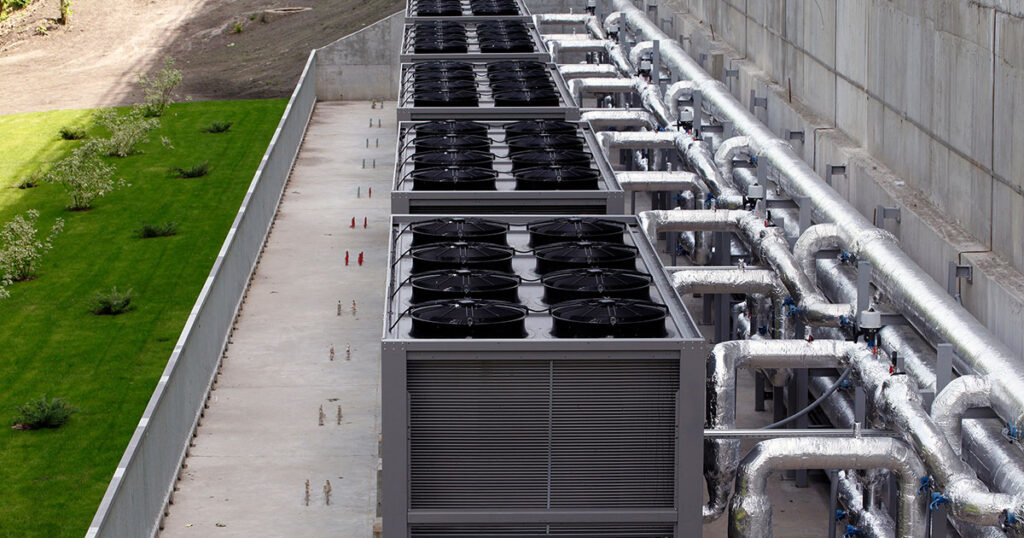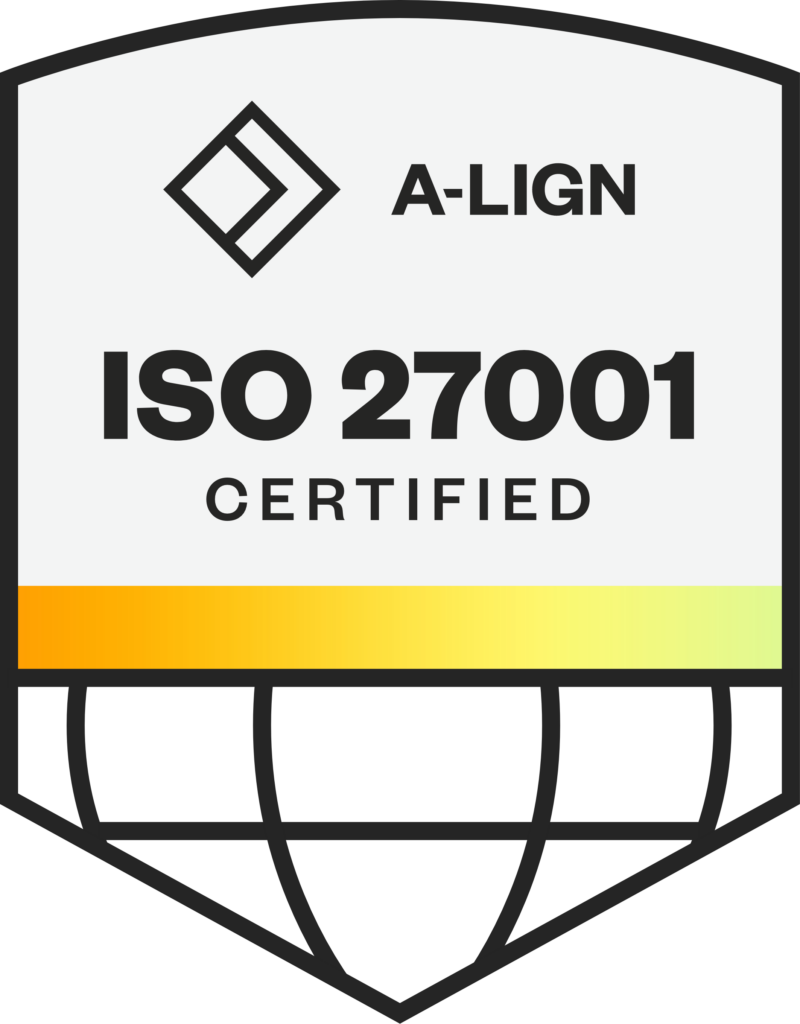Cooling is a hot topic in data centers right now, and it can be challenging. To understand, manage, and optimize your cooling, you need to know where you stand in the overall utilization of cooling resources.
Multiple cooling resources can contribute to a pool of capacity. Multiple CRACs, CRAHs, fan walls, and chillers can all contribute to cooling a data hall or a portion of a data hall. A cooling load consists of a pool of servers, network switches and a variety of power distribution gear.
Aggregating these resources and determining cooling utilization is one of the more difficult aspects of managing a data center. In this blog, we highlight how the right DCIM (Data Center Infrastructure Management) solution can help manage the issue.
Modeling Your Cooling Resources
Cooling in a data center is a quantifiable resource. You have a finite amount of cooling capacity that you can model. You also have a known group of heat producers that you can quantify as a cooling load. Modeling this can be complicated, including the following list of challenges:
- Some of the cooling capacity will fluctuate based on environmental factors
- Multiple HVACs can contribute to a cooling group, but one or more of those units may also provide cooling to additional areas.
- Some cooling resources are primary, like HVAC systems.
- Some resources are auxiliary, like chiller cooling − which is typically not primary and simply lowers the loads for the main gear.
Modeling Your Heat Load
The cooling load is the amount of heat being generated in each space. Heat-generating devices, like servers, can be considered cooling consumers. Aligning the cooling consumers to the cooling providers allows you to determine cooling utilization.
The cooling consumers are a collection of devices within the data center. They may easily align, such as all the hardware in a data hall or containment zone, but may also be arbitrary, like the PDUs only in the north section of a gallery.
To understand your cooling utilization, you must quantify both values. Ideally, this should model the heat generation dynamically based on up-to-the-moment conditions like power consumption. Standardized formulas can dynamically determine the amount of heat being generated based on power consumption, but this varies based on the device type and must be calculated for each device.
Distribution of Heat
While it is not strictly necessary to model your cooling utilization, to understand the distribution of heat you can employ temperature sensors placed throughout a given area. This provides the raw data, but understanding the distribution can be challenging. A heat distribution map that provides a visual understanding of heat distribution can make this data much easier to understand.
Get the Critical Cooling Info You Need with DCIM
A DCIM cooling solution should be able to model all these aspects of your infrastructure and provide an overall cooling utilization value, including dynamic shifts based on environmental conditions.
To provide a robust model of your heat load, your DCIM solution must be able to track and calculate these aspects across your infrastructure. This model of cooling consumers mapped against your cooling resources yields an accurate utilization model.
A quality DCIM solution will include the ability to dynamically model your cooling resources and your heat load – including real-time conversion of power utilization to heat generation on a device-type basis. Providing this capability to accurately model your data center cooling is critical to optimizing your cooling resources and the power they consume.
If you are looking for a next-generation DCIM solution that can do ALL of these things to help you optimize your cooling resources, consider Modius® OpenData®. OpenData provides integrated tools, including machine learning capability, to help you manage the assets and performance of colocation facilities, enterprise data centers, and critical infrastructure.
OpenData is a ready-to-deploy DCIM featuring an enterprise-class architecture that scales incredibly well. In addition, OpenData gives you real-time, normalized, actionable data accessible through a single sign-on and a single pane of glass.
We are passionate about helping clients run more profitable data centers and providing operators with the best possible view into a managed facility’s data. We have been delivering DCIM solutions since 2007. We are based in San Francisco and are proudly a Veteran Owned Small Business (VOSB Certified). You can reach us at sales@modius.com or 1-(888) 323.0066.





